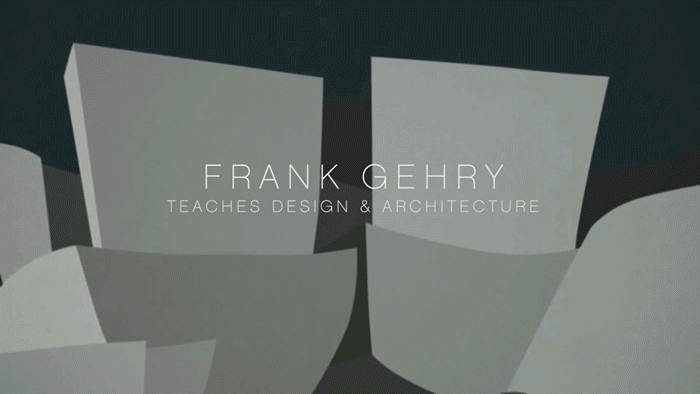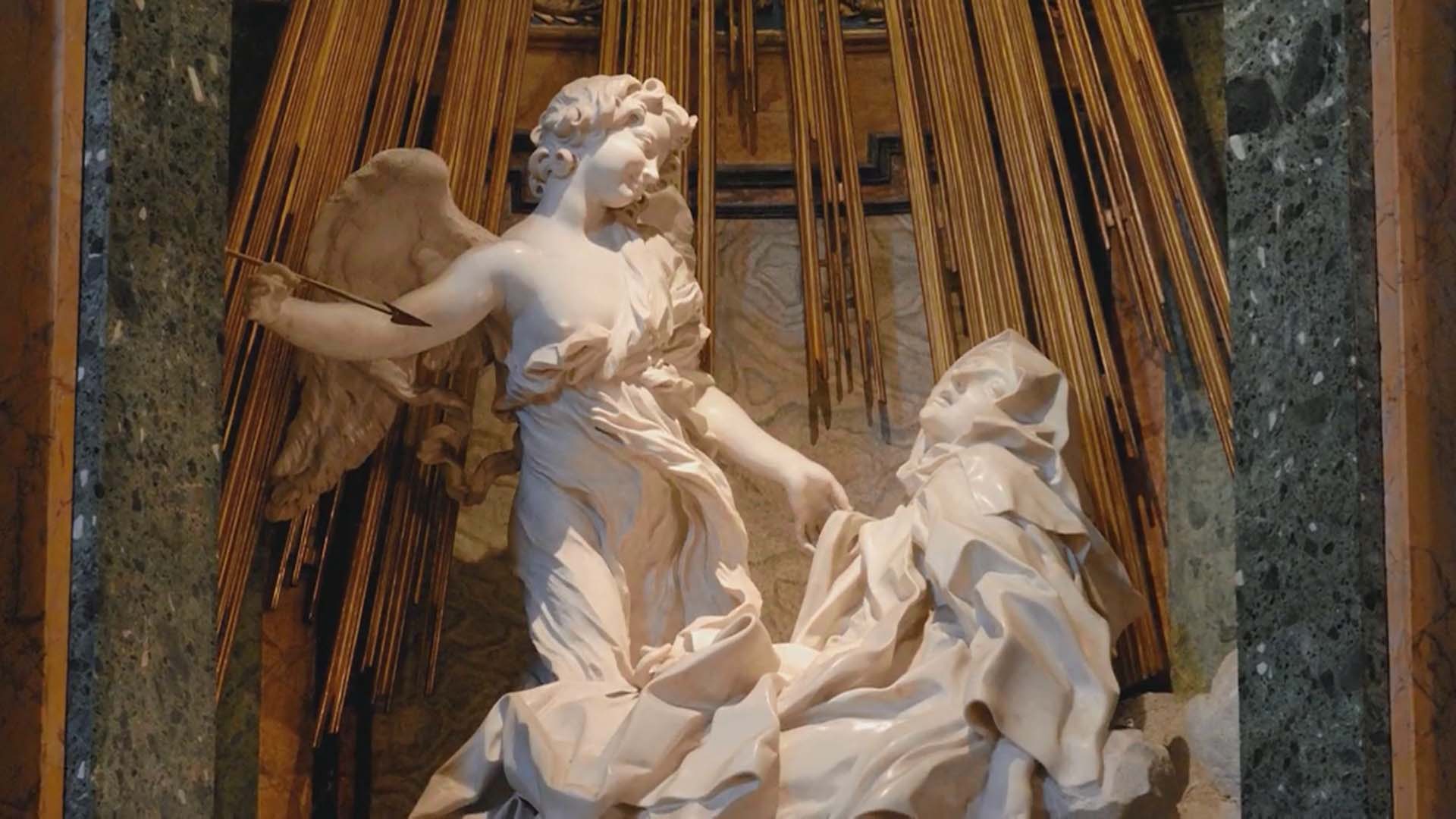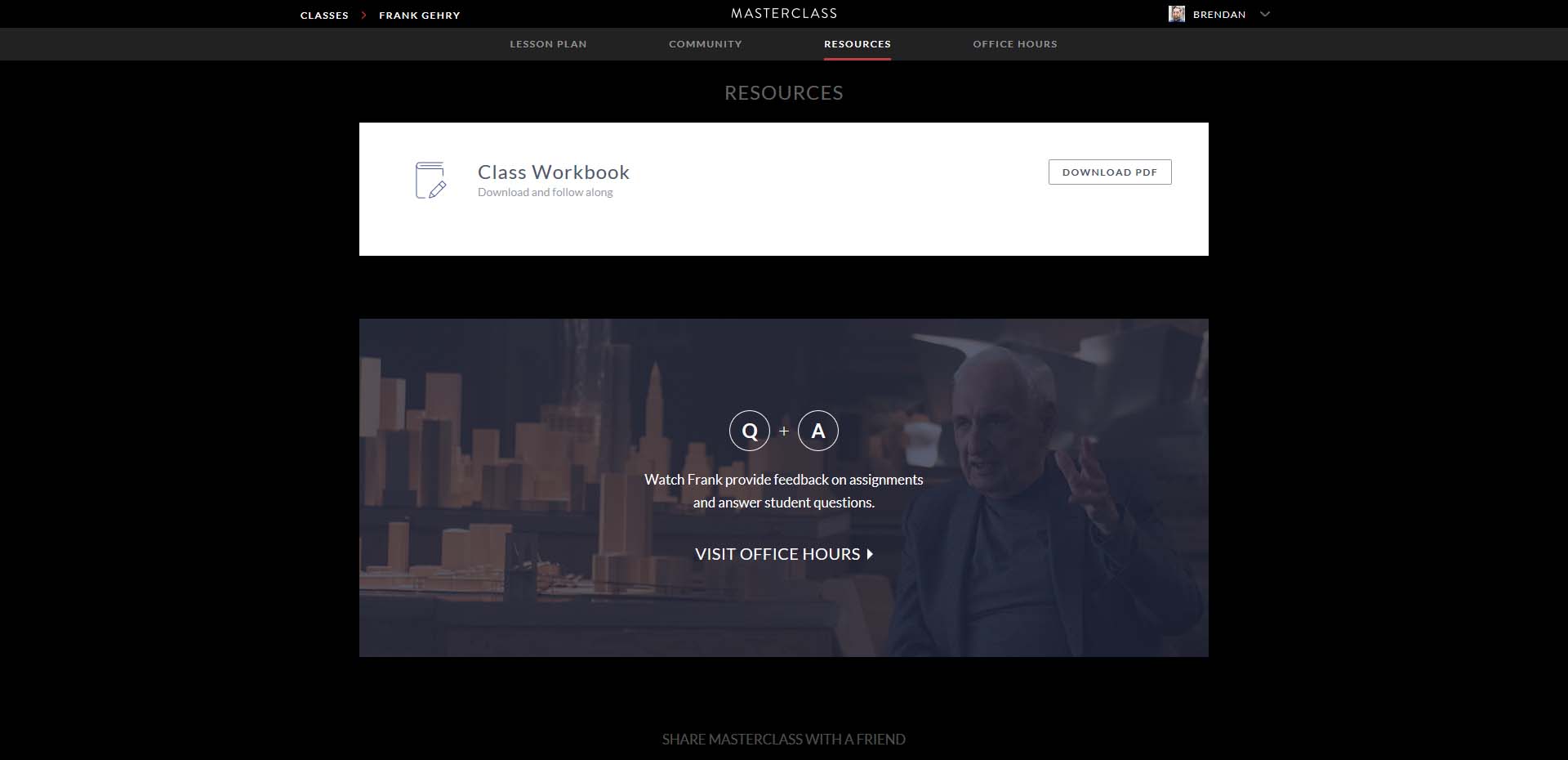We don’t talk much about MOOCs anymore. Massive Open Online Courses—the complete term for the slightly goofy acronym—received a New York Times bump of approval in 2012 when the newspaper declared it “the year of the MOOC.” The term had been first used four years earlier in relation to a course taught at the University of Manitoba, which had twenty-five tuition-paying students and 2,200 online students who took the class for free. The MOOC’s central premise was to harness the power of the internet to enable more people to learn, deploying a variety of online tools such as video lectures, RSS feeds, and discussion threads. In that sense, the MOOC was an extension of distance learning, a practice that dates back to at least the nineteenth century, whereby students would correspond via whatever means available (it was primarily via post).
By the time MOOCs emerged in force, in the late 2000s, Silicon Valley was throwing around another term: disruption. And so by 2012, as AirBnB was taking on the hotel industry and Uber was frustrating cabdrivers everywhere, the MOOC found itself being championed by tech entrepreneurs as a way to upend higher education. A few “MOOC providers” emerged in that same year, with copious funding and university support, including Coursera, Udacity, and edX. Not surprisingly, early courses revolved mostly around computer sciences, although as the providers’ networks to different universities grew, so did the diversity of courses. The same Times article cites impressive numbers to back up its “year of the MOOC” claim: edX had 370,000 enrolled in its inaugural round of courses. Coursera had more than 1.7 million people sign up in their first year of operation. With figures like these, it wasn’t hard at the time to envision a future where university campuses dwindled and online learning flourished.
The revolution didn’t come. Several cracks started to show amid the initial MOOC fervor. Dropout rates were astonishingly high. The barrier to signing up was low, but the incentive to keep up with coursework was equally low. There were problems with how tests could be conducted online and how to grade anything that was qualitative in nature. MOOCs also didn’t seem to be reaching those who needed education the most—part of the promise of online learning was that it would level the playing field for access to education—and instead, it was the already educated who were the most likely to enroll. These early reports caused much of the early enthusiasm to diminish. MOOCs faded into the background, still administering courses and growing their networks but now with substantially less hype.
Return of the MOOC
In 2012, I didn’t pay much attention to MOOCs, figuring that I was finished with school and not in search of another degree. There was also something interminably uncool about them, starting with their name. But then last year, a MOOC in different clothing came to me, via my Facebook feed. First it was Kevin Spacey, then Dustin Hoffman, then Werner Herzog. They came in square-framed, well-edited video clips, delivered with all the charisma you would expect from their celebrity hosts. The product was called MasterClass, which had seemingly shilled out a fortune for premium Facebook airtime to attract people like me and my friends (and likely many Avery readers, too). MasterClass didn’t call itself a MOOC—it was more fun. Its ads suggested intimate time with an incredibly successful person to get insider tips about their craft, through a series of well-staged video lessons, course assignments, and a hub for interacting with the master and students. MasterClass also focused on the arts rather than the science-heavy course load of other MOOC providers. Over the year, I saw the list of classes grow: James Patterson on how to write a great novel, Aaron Sorkin on how to craft a perfect screenplay, Christina Aguilera on how to hit those top notes, Gary Kasparov on perfecting the chess match. These were courses that tap into our inner desire for mastery and creative expression, something more exciting than the traditional online learning focus on accreditation. And so, as the list of celebrities grew, the inevitable happened. MasterClass added an architect to their list: Frank Gehry.
I was curious. The study of architecture is infamously one of the most grueling and time-consuming pursuits in higher education. Split between the sciences and the arts, one has to acquire both a significant amount of technical knowledge but also refine creative and aesthetic skills. While it’s relatively easy to imagine how online learning might help you become a better coder, how could it in any way match the interpersonal intensity, iterative feedback, and hands-on learning that an architecture studio provides? To be fair, MasterClass doesn’t make such a promise. For all of its slick packaging (its website, the targeted online ads), the actual language it uses is conservative. The header for Gehry’s course simply says “Frank Gehry teaches design and architecture.” In the course description MasterClass “invites you into his never-before-seen model archive for a look into his creative process.” Still, the offer was beguiling. I wanted to see how architecture would be taught online and see what Gehry would have to say. And, of course, taking the MasterClass bait as they intended, I wanted to see if Gehry could make me a better architect.

Earnestly Frank
MasterClass courses cost ninety US dollars. If you can stomach the price, which, depending on how you look at it, is either slightly more than a good architecture book or substantially less than an Ivy League education, then the rest of the enrollment process is fairly straightforward. The Frank Gehry MasterClass homepage launches you straight into the “Lesson Plan,” a series of seventeen videos varying between three and sixteen minutes in length, in which Gehry talks directly to the camera on a variety of topics. The setting is dramatic: a cavernous mood-lit space in which Gehry’s models are laid out on top of shipping crates. For the most part, Gehry sits casually on one of his own Cross Check Bent Plywood chairs, occasionally getting up to point out a detail in one of his models. His talking style is equally laid back, peppered with pleasant anecdotes and a certain brand of rags-to-riches humility. In his opening sentences, he outlines what he hopes to do with MasterClass, to discuss basic principles that he operates with, how he sees working as an architect today, some of the pitfalls, issues that he’s confronted with, fears about what’s happening in the future, in general what he’s interested in, and, in his own words, “how I play the game.” As if he, too is uncomfortable with overpromising what MasterClass can do for its students, he urges students to be themselves and find their own way through architecture; by all means, “do not become a little Frank Gehry.”
After his introductory managing-of-expectations, lessons vary in topic from general design philosophy to personal reflections on where Gehry gets his inspiration from (a lot of Bernini is involved), from pragmatic advice on how to run a business and work with your clients (treat people nicely and be good with your money) to takeaways from specific projects, with a focus on the Walt Disney Concert Hall and 8 Spruce Street in New York City. The lessons are a mixed bag in which we get various modes of Frank. There’s reminiscent Frank, who tells you a long story about his past, such as the time he was a teenager searching for a vocation and found himself utterly turned off by architecture when he saw a University of Toronto publication with student work of ugly stone cottages. There’s reverent Frank, who talks about the things he most admires, such as the fluidity of Japanese woodblock prints and the folds of Bernini sculptures. Then there’s setting-the-record-straight Frank, who unloads his grievances about the early development stages of Walt Disney Concert Hall and his general disdain for journalists, among other topics. There’s also nerd-out Frank, who goes into detail on how a particular façade was done, or how they mastered the acoustics of the Disney Concert Hall with a 1:10 mock-up model, or how he gets bricks to look like flowing fabric through feats of engineering.
Gehry is at his best when he gives us concrete anecdotes about his creative development and how he resolves specific problems within his architecture and his practice. There’s a great story about his obsession with drawing fish, inspired by Hiroshige’s prints of carp and in reaction to the prevailing historicism of postmodernism. That obsession led him to making a fish sculpture for an Italian fashion show, which would later be refined and abstracted for another installation at the Walker Art Center. It’s good because it sheds light on Gehry’s creative path, suggesting that architecture is iterative but also a reaction to the things around you (in this case, the classical motifs used by Bob Stern and Phillip Johnson). He’s probably told the story a million times already, but it’s worth hearing nonetheless. He is equally interesting when he talks about his sensitivity to materials. He talks about how he always wanted the Disney Concert Hall to be clad in stone because it could be lit well at night. He was disappointed when the client forced the choice of stainless steel (Frank likens it to a refrigerator in the Los Angeles light). For the Guggenheim Bilbao, on the other hand, he insisted on titanium because it had a buttery look in the gray light of the Basque landscape—and it was fortuitously cheap because Russians had dumped a load of it on the market at the time.
Gehry is at his worst, however, when he speaks in platitudes backed up by relatively uninteresting experiences. Unfortunately, this happens quite often. He urges in multiple lessons to work closely with your clients, to listen to them, to get to know them, and to respect them. His business advice is to be good with your money. His urban planning advice is to pay attention to context. He is given to repeating words like “humanity” and “human-scale” in talking about how architecture should be. All of this is sensible, and yet none of it is particularly helpful. Even more disappointing is how often Gehry repeats himself. The seventeen lessons here amount to little more than two and a half hours of lecture time, yet we get the same story twice about how Gehry instructed a young employee to make the model of 8 Spruce Street with Bernini folds, not Michelangelo folds (yes, Bernini again!). In the second iteration of the anecdote, he uses the story to talk about how his employees go on to do great things, yet he openly admits that he has no idea what that particular bright employee behind the folds is doing right now.
None of this can really be blamed on Gehry. There is a certain amount of credit due for taking part in what is still a very novel medium. According to the Hollywood Reporter, the participating celebrities in MasterClass are purportedly offered a fee of $100,000 to take part. While it’s a handsome sum for most of us, it’s modest compared to what they normally make. Instead, we can suppose that they are drawn to the opportunity for similar reasons that many people get into teaching—to “give back” by imparting something of their skills. So the fault here belongs more substantially to MasterClass itself, for being undisciplined in how they structure the lessons and extract useful content from their hosts.

Beyond the Lectures
As a complement to (or compensation for) the video lectures, MasterClass offers a few more tools in an attempt to enrich the online-learning experience. Unfortunately, these, too, fall far short. First there are assignments that accompany each lecture. These are for the most part simple and superficial. For instance, in Lesson 2, they ask that you scan your signature and share it with your classmates, in order to question whether or not it says anything about who you are and reveals your sense of style. The irony that a “signature architecture” is prompting students to actually contemplate their own signatures seems to have been lost on MasterClass, yet it perfectly underscores the brand of aspirational self-importance that is on sale here. Of the seventeen lessons, only five offer assignments. As if exhausted by the effort of trying to make assignments from Frank’s short lectures, MasterClass gives up on offering lessons altogether after Lesson 10 (where you are asked to compare and contrast small intimate spaces with large cavernous ones).
The other feature meant to elevate the learning experience is what MasterClass calls the Hub. This is where students can comment about lectures and compare their assignments. It promises enhanced learning through a community of students challenging and motivating one another. It amounts to little more, however, than a classier version of the comments section on YouTube, with students alternately extolling praise for Gehry or waxing poetic about their own creative journeys. The most creative feature of MasterClass is what they call “Office Hours.” This is where students can submit a question directly to Gehry, either in written or video format, and Gehry is meant to respond. At the point of writing this review, zero responses from Gehry have been uploaded. In other courses that have been available for longer, such as Werner Herzog’s, a Q&A session was filmed after receiving hundreds of questions to filter through.

The Next Generation of Self-Help
MasterClass is founded by two Silicon Valley veterans, David Rogier and Aaron Rasmussen. Although their website is conservative in its claims and makes no reference to MOOCs at all, Rogier has been more forthcoming in interviews about the grand ambitions of their project. In a Q&A on Quora, he outlined what he sees as the evolution of online learning. Phase 1 is putting information online (think Wikipedia); Phase 2 is putting classrooms online (MOOCs); and then there’s Phase 3, where education is being specifically designed for the internet (which is where we get MasterClass). MasterClass certainly is designed for grabbing attention on the internet, when you think of its packaging, advertising, and celebrity endorsements. But the actual claims to serious learning are laughable. MasterClass is more entertainment than education. And in that sense, it is further from the higher education ambitions of MOOCs and more aligned with another billion-dollar economy, the self-help industry. There is something strangely synchronous in the fact that in 2017 we have a bourgeoning celebrity-led infotainment platform like MasterClass and a president who in part built his fame on several self-help books. However, if MasterClass’s celebrity hosts, eager to convey the lessons learned from a life of refining a craft, are hoping to produce anything more meaningful than an online bells-and-whistles version of The Art of the Deal, they might well consider other outlets. A teaching gig at a university would be a good place to start.
Brendan Cormier is a senior design curator at the Victoria and Albert Museum, where he is leading the curation of the V&A Gallery at Design Society in Shenzhen, China. In 2016, he curated “A World of Fragile Parts” for the Venice Architecture Biennale. Prior to his work at the V&A, he was managing editor of Volume magazine.

